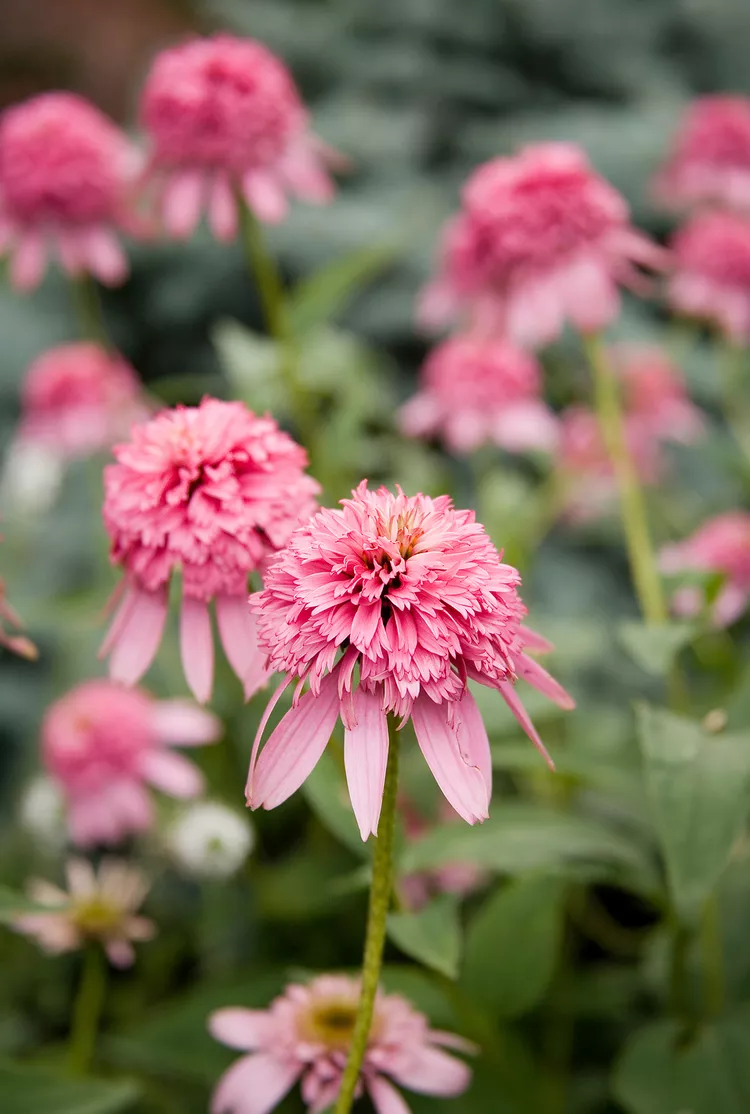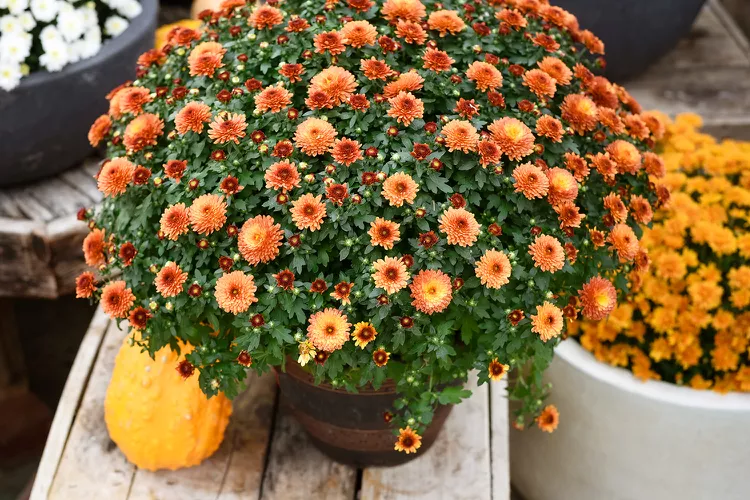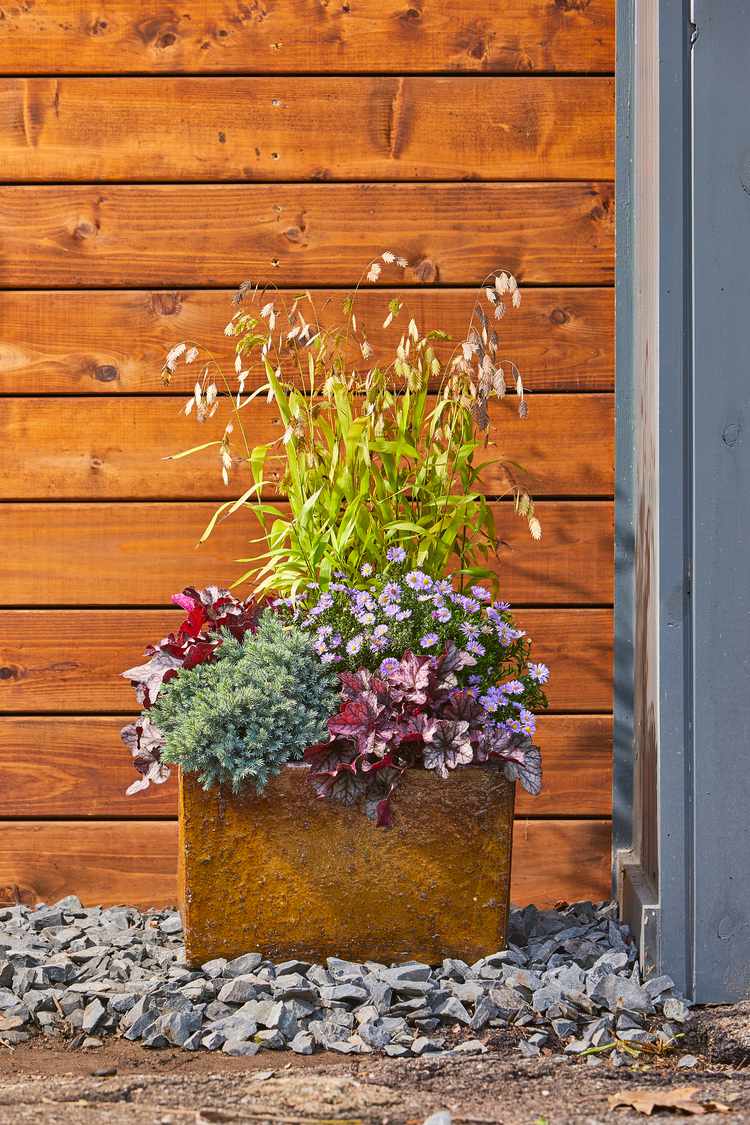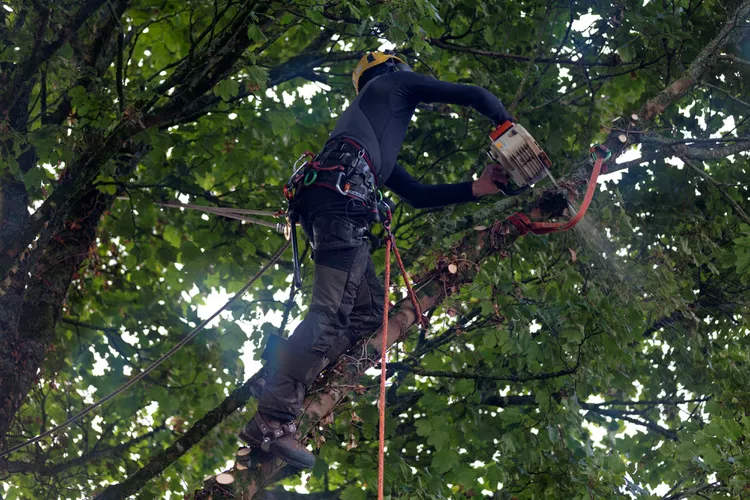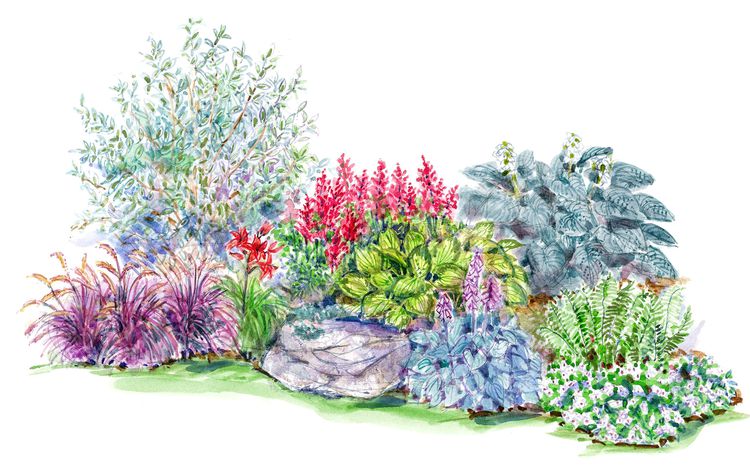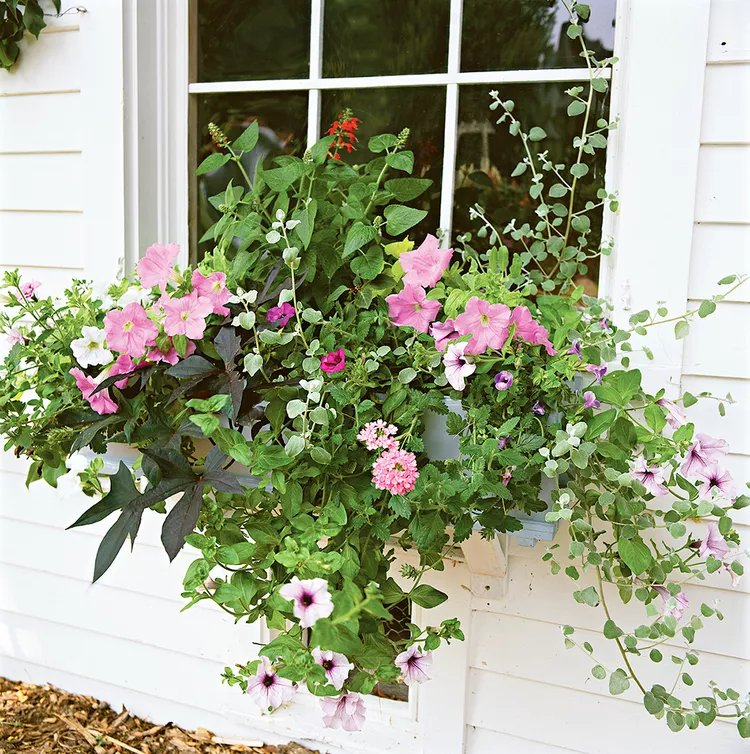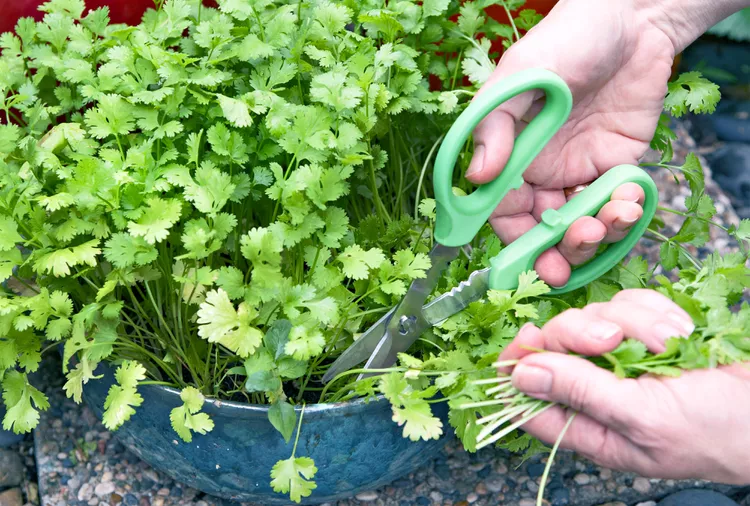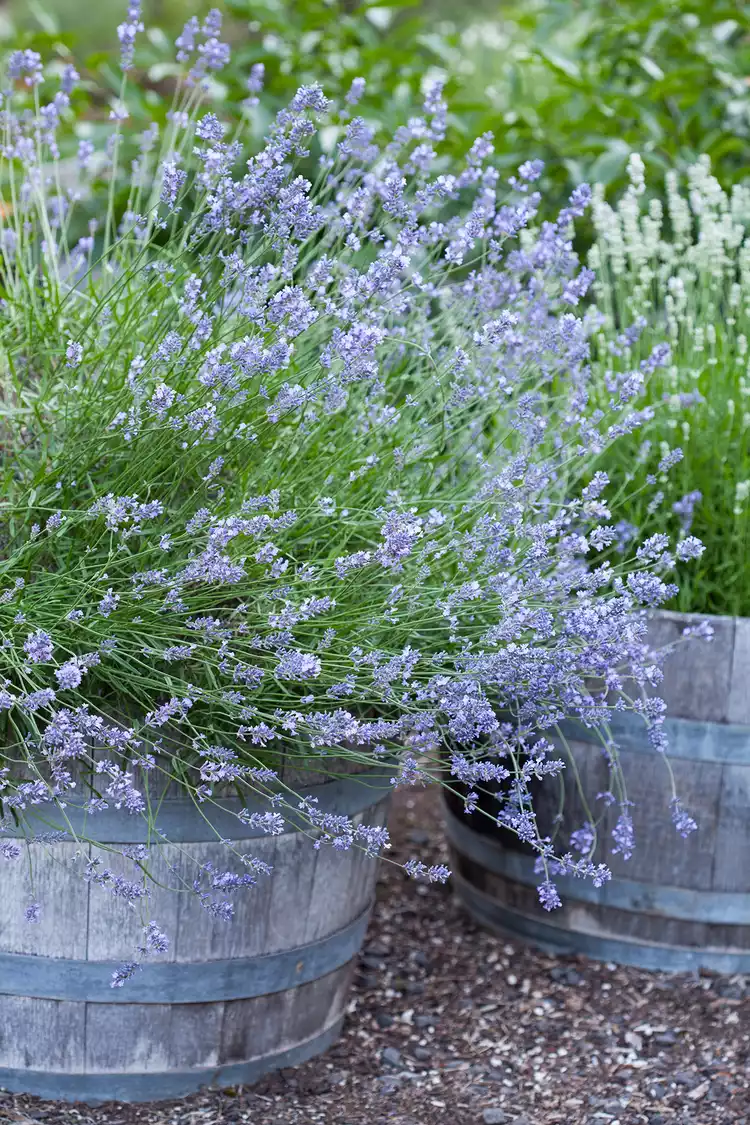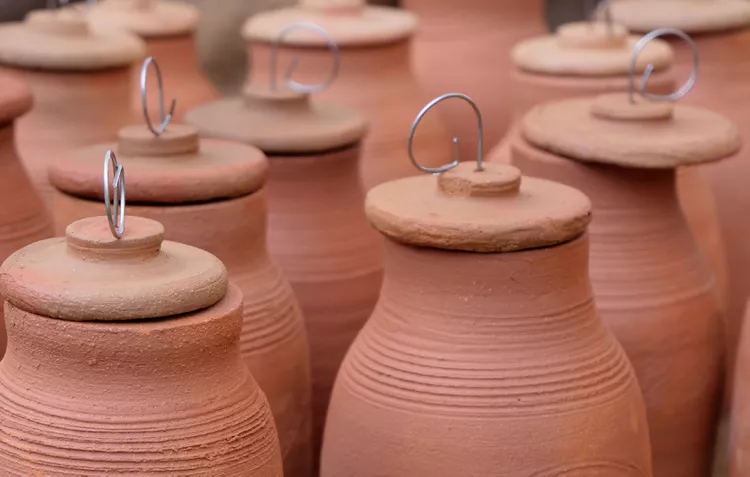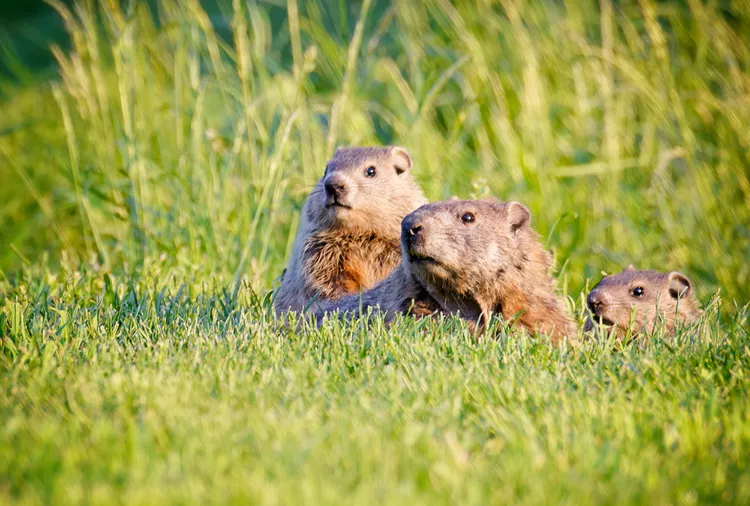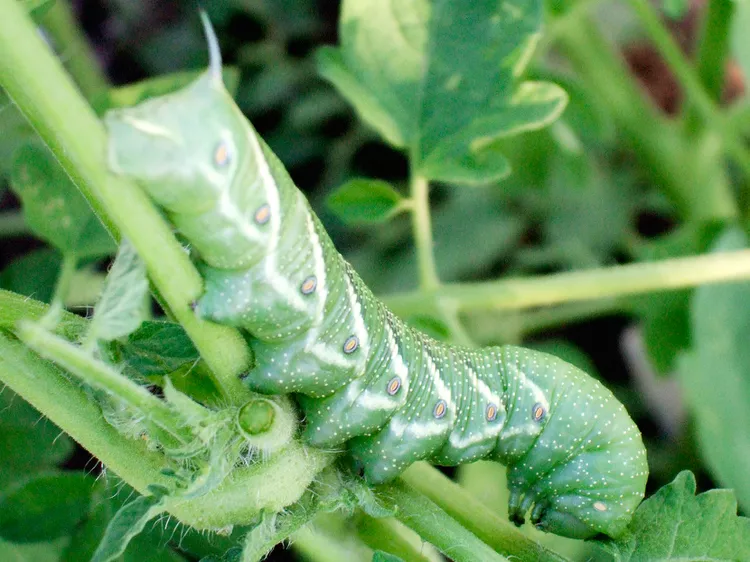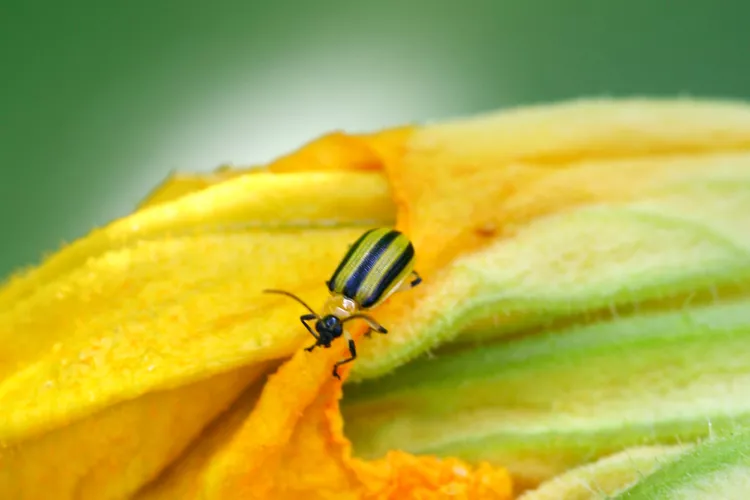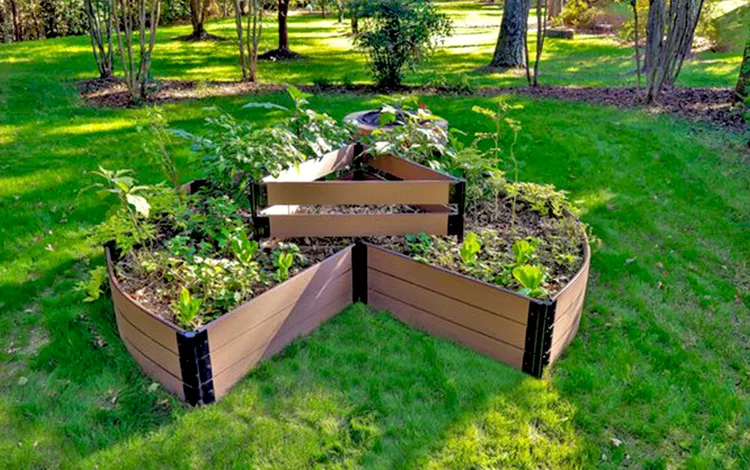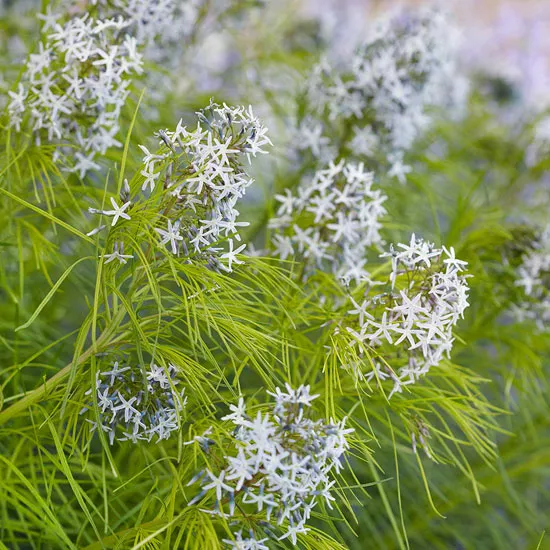As a gardener, you have a wide range of choices when it comes to selecting a container for your potted plants. Good drainage and the right size for your plant's root system are the two most important considerations, followed by the container material itself. When choosing plant containers, pay attention to the weight of the planter if you will need to move it. Of course, don't forget to pay attention to color and shape—though they're more of an issue for gardeners than plants.
Types of Containers
Some common types of pots include the following:
Terra-Cotta
Versatile and inexpensive terra-cotta containers are also called clay pots. You can find them plain or decorated in colorful glazes. The only downside to using terra-cotta is that it's somewhat fragile. It will chip and crack if handled too roughly and can be damaged by freezing temperatures (empty and store them indoors over winter in colder regions).
Concrete
Concrete containers can take any weather. Be careful where you place concrete planters since they're extremely heavy and tough to move, especially once filled with soil and plants.
Wood
Pick a durable wood, like cedar or nontoxic treated pine. To help them last longer, brush all the surfaces with a clear waterproofing sealer labeled for use on outdoor wood.
Metal
Galvanized tubs and buckets are great options for container gardens. However, beware when using a metal container because they will heat up quickly in the sun and cook your plants. To protect the plants, line the container with landscape fabric and place it in a shady spot.
Plastic, Fiberglass, or Resin
These types of containers can be made to look like just about any other kind (but at a lower price and lighter weight). They aren't as high quality and won't last forever, but they can provide a specific look.
Repurposed Containers
Upcycle old baskets, tin buckets, birdbaths, and watering containers to house your favorite plants. The thrifted look is stylish and rustic.
Ensure Container Has Drainage
Drainage is essential to virtually every container plant. In fact, more container plants die from overwatering than underwatering. When water fills the air pockets needed for root development, the plant quickly dies. So unless you're growing a containerized water garden, ensure the container you use has a drainage hole. Some come with removable plugs, while others indicate where a hole must be drilled on the bottom of the container.
You may find beautiful pots—often ceramic or plastic—that lack a drainage hole. They're sometimes referred to as cachepots. You can still use them, just not to plant directly in. Instead, place your container plant in a slightly smaller container that has a drainage hole. Then, add a small inverted saucer or another item inside the bottom of the cachepot. This elevates the plant, allowing it to sit above excess water that collects in the bottom of the cachepot. Slip the potted plant inside the non-draining container like an arm inside a sleeve. Check once in a while that water doesn't build up above the level of the saucer or your plant may rot.
Consider Your Container's Size
Like Goldilocks with her porridge, you want a container-to-plant ratio that is just right. A too-small container cramps root development, while a too-large container looks awkward and holds so much soil that moisture retention may be a problem for a tiny root ball.
In general, use a container that allows plenty of room to accommodate the root system plus room for some growth. It should also allow an inch of room ("headspace") above the soil level for watering.
Visually, the container should be about half the height of your plant (or a third of the total height of the plant plus the container). Using this design principle, a 9-inch pot looks fine with an 18-inch plant, because 18 plus 9 equals 27, and 9 is one-third of 27. This rule applies whether your container holds one plant or several.
Wide, short containers hold water throughout the soil better than narrow, deep containers, which quickly drain water away from the top half. However, both containers have their drawbacks: Wide, short plant containers may cramp deep-rooted plants and stunt root growth, while tall, narrow containers are more likely to tip in the wind.
How to Identify Your Container's Size
A further complication with container gardens is that there really isn't a standardized container size. Stores will typically label their containers in inches, while nurseries will generally label the pots in gallons. If the container's label is missing, determine the size of your pot in inches by measuring the diameter across the top of the pot. In general, a quart size pot will be about 5-6 inches. A one-gallon pot is about 7-8 inches across. A 5-gallon pot is about 12 inches across.



